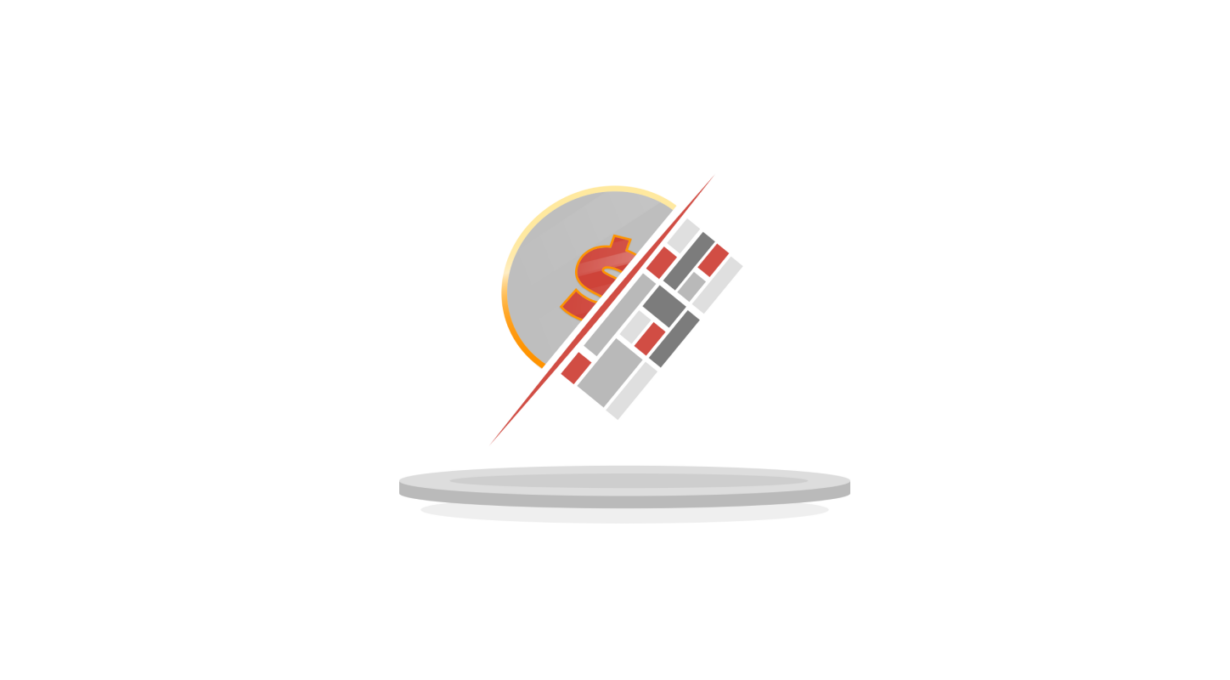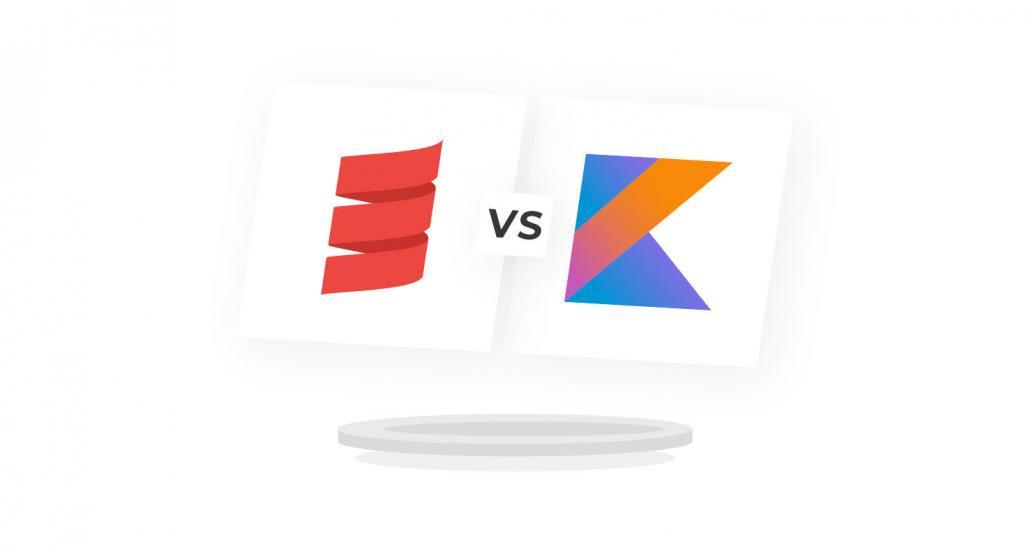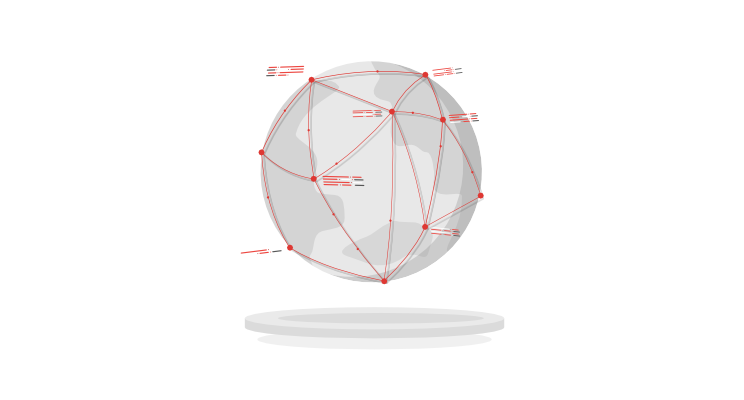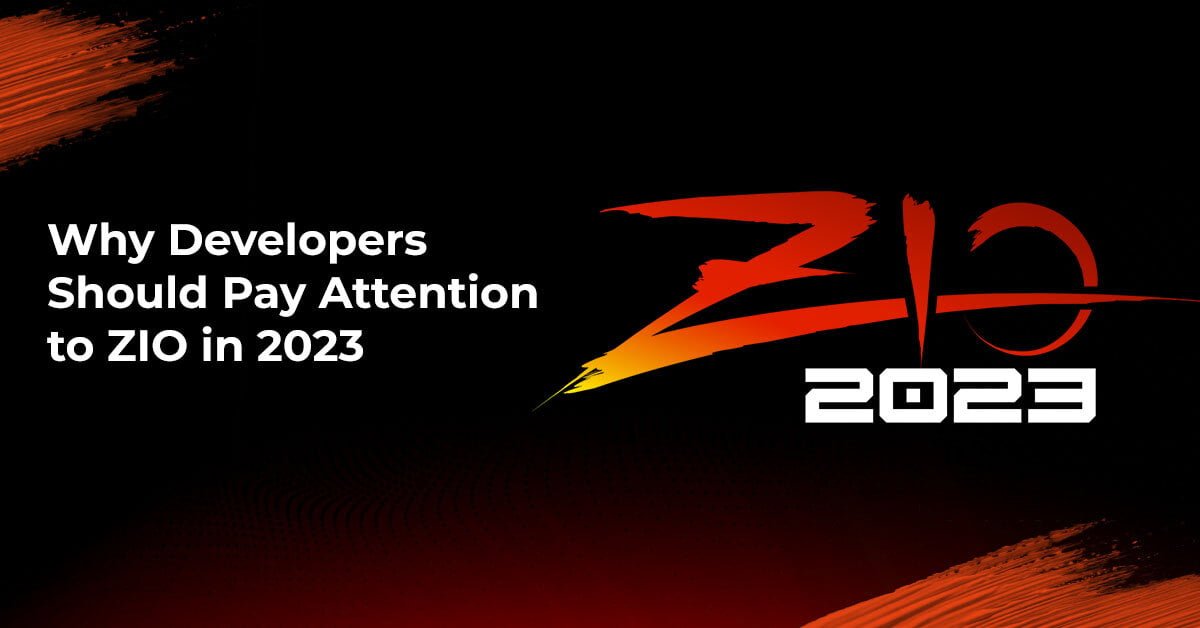
FinTech’s Impact On Banks In 2021: Three Sectors To Watch

FinTech’s Impact On Banks In 2021: Three Sectors To Watch
During the last decade, FinTech has been transforming financial services around the world. Traditional banks have greatly expanded their online banking services, either by developing their own digital infrastructures or by purchasing startups that came up with a breakthrough solution to change the banking world.
In the last few decades, the explosive development of information and communication technologies in the world (especially broadband) has led to a rapid increase in the number of companies providing mobile services. Among those sectors that are constantly evolving is FinTech. Plenty of financial resources are invested in this area in order to develop and implement financial services that, aside from making very high revenues, pose a threat to traditional sales channels in banks and other financial institutions.
Let’s get back to business, though. In 2021 and beyond, nothing can make a more powerful statement than the actual use cases and examples. What are the ways FinTech disrupts banking? Right now, we’re getting started.
#1 AI virtual assistants and chatbots
The use of AI-based technologies has reached a relative maturity among FinTechs – innovative, young companies that declare that they will radically change the financial industry. Therefore, AI, including Chatbots, has tremendous potential, and above all – has been noticed by customers themselves, who are eager to adopt new communications channels.
The financial sector is taking on an increasing role for artificial intelligence (AI) as consumer expectations rise. A wide range of financial institutions around the world are testing chatbots, implementing new applications, and enhancing customer service management practices. Chatbots are also being forced on companies by customers, who increasingly prefer chatting over calling customer service. Of course, there are many studies proving it. For example, 36% of Gen Zers would use live chat when contacting a company with a customer service-related inquiry. In addition, 63% of contact center leaders agree that chatbots and virtual assistants help their customers resolve issues faster.
These bots sometimes referred to as virtual assistants or advisors, are designed to simulate the activity of call center consultants. They operate through all kinds of chats in order to learn and use data. By analyzing huge amounts of it, they are able to determine which answer is most likely to be provided to the user.
The impact of chatbots and virtual assistants in the area of banking is not to be underestimated.
They support areas such as:
- user identification
- application status
- bank account management (opening, closing, changing data, checking the balance, or activating extra services)
- customer satisfaction surveys
- cross-selling and up-selling banking products as well as arranging in-store appointments
Across the globe, companies are noticing that the financial landscape is changing and are feeling a great deal of pressure to innovate. In today’s business climate, chatbots are replacing old-fashioned customer service channels such as helplines and forms rapidly.
This is a win-win situation for both parties.
Customers appreciate Virtual Assistants because they solve their problems faster. Banking companies facilitate active money management through the development of information and communications technology-based applications.
In addition, this isn’t the only use of AI. We anticipate seeing further changes in the banking environment related to predictability through artificial intelligence and other digital solutions.
#2 The rise of open banking and neo banking
Due to the introduction of Open Banking and PSD2, the FinTech industry has grown substantially. The emergence of FinTechs enables third parties to access account information securely and improve the user experience.
Nowadays, data-driven businesses rule.
The result of this was the creation of many so-called neobanks that have emerged since.
What’s neo banking, actually? It refers to the use of FinTech to build digital platforms, which are faster, more effective, and way cheaper than traditional banks. There are different types of neobanks. Some can provide a way to manage an online bank account, while others can provide tools supporting savings and overall management, or are to take care of credit scoring.
And that’s all with a “digital-first” approach that allows access to them anywhere in the world on a computer or smartphone. They are able to offer – and constantly improve – fully interactive customer service due to their relatively low corporate costs. By analyzing and using customer data, they are also able to offer customers specialized loans and value-added services, generating income for themselves.
Online, modern banks also fall into this category, but they differ slightly in a few ways. Due to the lack of brick-and-mortar offices, their services are often more affordable. Two of the most prominent examples are Revolut and N26.
In addition to accelerating the implementation of open banking by banks, the pace of implementation will also motivate technology companies that will find open banking a great opportunity to develop their products. For instance, it will enable remote identity verification, the ability to check the funds held by clients without requiring pre-authorizations, and the creation of customized financial offers or savings plans.
The current situation can benefit startups with business models that support third-party technology (e.g. fraud detection or digital identity checks)
#3 Blockchain and cryptocurrencies
Traditional banking acts as a global financial intermediary, coordinating and managing the global financial system with the help of internal accounting records. These registers aren’t accessible to the public, so we have to place our trust wholly in the activities of banks and their obsolete infrastructure.
By eliminating middlemen and replacing them with a reliable, transparent, and borderless system that is accessible to everyone, blockchain technology has the potential to revolutionize the banking sector as a whole.
The blockchain facilitates faster and cheaper transfers, improves access to global capital, ensures high data security, improves legal compliance, and brings many more benefits, in general.
In addition, because blockchain technology is so innovative, it allows new components of finance to interact in a new way, enabling totally unique types of financial services.
Banks, money transfer companies, and payment systems providers are leading in introducing the blockchain. These solutions are primarily implemented for speed, reliability, greater data transparency, and long-term savings.
Banks might use blockchain to solve their legal problems with regard to delivering documents for a durable medium. Generally, banks must fill out customer information in such a way as to prevent any subsequent changes to the information, as well as to guarantee constant access to customers at all times.
In comparison with these requirements, online banking often fails to meet them.
Blockchain technology facilitates the safe and compliant transmission of documents. Among others, it enables digital transactions to be stored on blockchains and their authentication to be effective, as well as enabling smart contracts to be created. Because smart contracts are intrinsic to blockchain technology, it is also safer to carry out many transactions, since they are conditional, i.e. they occur only after predefined events have occurred. A blockchain-based digital identity can therefore open the way to a new, more transparent, and credible credit procedure.
Additionally, blockchain technology reduces costs and time associated with international payments. Transfers that used to take three days can now take a few seconds. Traditional fees have also been eliminated. Traditionally, both the sending and receiving banks are charged commissions when making an international transfer. A currency conversion fee must also be included in the calculation. The entire transaction can take several days and can cost several percent of the transferred amount. Blockchain lets transactional processes be conducted without any intermediaries, and shorter transaction times are possible. Ripple and Coinbase, for example, provide cryptocurrency transfers.
Here are just a few ways that blockchain technology is already transforming the banking sector, ensuring greater transparency for customers, better efficiency, and improved profitability.
Over to you
Are banks concerned about the FinTech industry? Indeed, in a number of respects. Often large, well-established institutions can’t afford to go straight to the customer, as FinTech does.
The last decade has seen a huge shift in the global financial system due to FinTech developments. The traditional banks are actively seeking partnerships, equity investments, or acquisitions with FinTech businesses in order to remain relevant. Providing faster service by collaborating with the FinTech sector allows companies to retain customers and remain appealing to “digitally native” generations. The majority of banks have grown their own online banking services, either by investing in their own digital infrastructure or acquiring startups with innovative solutions.
These rivalries, and collaborations, however, encourage banks to develop, by which they improve mobile applications, as well as protect customer data even better.
Exciting (banking) times ahead!











